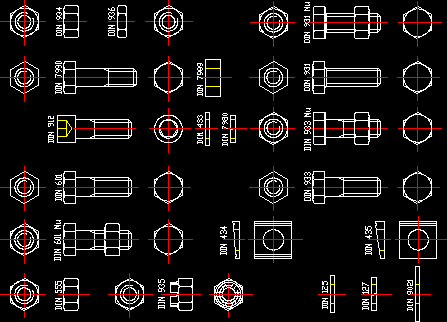

- SEARCH ALL FILES FOR TEXT STRING WINDOWS SOFTWARE
- SEARCH ALL FILES FOR TEXT STRING WINDOWS SERIES
- SEARCH ALL FILES FOR TEXT STRING WINDOWS WINDOWS
The APIs to read and write from these still exist in Windows, but after 1993, Microsoft began to steer developers away from using INI files and toward storing settings in the Windows Registry, a hierarchical database to store configuration settings, which was introduced that year with Windows NT. These served as the primary mechanism to configure the operating system and application features. The early Microsoft Windows family of operating systems heavily utilized plain-text INI files (from "initialization"). The REGEDIT application being used to edit Windows Registry data Both these files were retained up to Windows 98SE, which still ran on top of MS-DOS.
SEARCH ALL FILES FOR TEXT STRING WINDOWS SERIES
There was also a standard plain text batch file named AUTOEXEC.BAT that ran a series of commands on boot.

DEVICEHIGH=C:\DOS\ANSI.SYS) until MS-DOS 6, which introduced an INI-file style format. This was a plain text file with simple key–value pairs (e.g. MS-DOS itself primarily relied on just one configuration file, CONFIG.SYS.

See run commands for further details.īy contrast, IBM's AIX uses an Object Data Manager (ODM) database to store much of its system settings. A common convention is for such files to have " rc" in their name, typically using the name of the program then an " (.)rc" suffix e.g. Some configuration files run a set of commands upon startup.
SEARCH ALL FILES FOR TEXT STRING WINDOWS SOFTWARE
System-wide software often uses configuration files stored in /etc, while user applications often use a " dotfile" – a file or directory in the home directory prefixed with a period, which in Unix hides the file or directory from casual listing. Often the default configuration files contain extensive internal documentation in the form of comments and man files are also typically used to document the format and options available. ini are often used.Īlmost all formats allow comments, in which case, individual settings can be disabled by prepending with the comment character.


 0 kommentar(er)
0 kommentar(er)
